Table of Contents
Introduction
Now, I’ve not been particularly engaged with the headphone community until rather recently given my specialisation in IEMs. But even I have heard of Sivga and their sister company Sendy, who are your typical OEM-turned-frontman brands that have gotten their fame through various YouTube personalities.
The Phoenix is the more recent of Sivga’s releases coming in mid-late last year, and have since gotten a cult following that’s not unexpected given its target audience. It’s a headphone that sports a 50mm dynamic driver and Sivga themselves claim that they were designed to compete with popular mid-fi headphones like the Sennhesier HD6X0 and the… Meze 99 Classics. Their words, not mine.
As with everything else that comes through my offices, now IEF is here to answer the burning question you all undoubtedly will be asking. How good is the Phoenix actually?
Product page: http://www.sivgaaudio.com/product_d?id=5
MSRP: $255
Driver type: Dynamic
This Phoenix was kindly provided by Sivga.
Signature & Tonality
Not sure how to read graphs? Click here
The signature of the Phoenix can be described as simply “warm neutral”. There is an obvious lower-midrange/mid-bass hump that colours instruments with a heftier, “richer” sound that’s more suited for the ranges of tenor and/or below.
The Phoenix is certainly a more conservative take on the warm-neutral signature, at least in comparison to other similar headphones like the HarmonicDyne Zeus or, god forbid, the AudioQuest NightHawk. It’s enough to tilt the headphone away from sterility and more focused towards instruments like cellos or male vocals, but not to the point where I’d label it as “bloated”, “cloying”, or any other related synonyms.
It’s not all bad though; the Phoenix comes off as more inoffensive than anything. Its treble isn’t dark nor is it overly-sparkly, the bass while a little too bloomy for my tastes has decent extension down low, and the midrange while coloured still retains the general timbre of instruments. I can definitely see why this is touted as a potential replacement to the legendary Sennheiser HD650… though in all honesty if you’ve already found the HD650 to be a little too warm or veiled, the Phoenix should not be on your watchlist.
In the relatively young market of the “chifi headphone” where many brands are still practicising trial-and-error on tuning, the Phoenix stands out as something that isn’t completely off-the-rails. A fairly low bar to pass… but the bar’s that low for a reason.
Tone grade: B+
For more information on the grading system, click here
Technicalities
Not a lot to talk about in terms of the Phoenix’s overall technical performance. It won’t take any gold medals home but it’ll do.
Apart from the general warmth and bloom from its tonality, the Phoenix also displays a bit of a blunted attack in its notes which limits its resolution as a whole. It’s not to the point where I’d call the Phoenix undefined, but next to something like the HD600 or even the HD650 it’s clear that there is a lot of detailing that’s being smoothed over.
The imaging is fairly typical of your average open-backed headphone; don’t expect a HD800 but at least it’s no 3-blob death machine. It’ll do in a pinch but it’s no specialist, just floating over the line of mediocrity.
Technical grade: B-
For more information on the grading system, click here
Valuation
Ignoring Sivga’s weird comparison to the 99 Classics, the HD650 (read: 6XX) would probably be the Phoenix’s main rival given their warm-neutral leanings and respective price points.
No doubt, the $220 price tag on the Drop + Sennheiser HD6XX still makes it the benchmark to beat in the audiophile market, which means that the Phoenix would either need to be cheaper and/or better to even stand a chance. Unfortunately the Phoenix is still a good $30 over the HD6XX and, under IEF metrics, worse than the HD6XX in both overall tonality and technical performance.
But really, that’s taking the fight straight to the top-tier. Instead, the Phoenix lies somewhere in the moderate middle-ground, an option where if one would prefer slightly more lower-mid emphasis compared to a 6XX and is willing to pay a little extra for that tuning. It’s certainly not a front-runner for the sub-$300 price point; after all you still have behemoths like the K612 Pro and the HD560S all hovering below the $200 mark that arguably outperform the Phoenix still…
… but at any case, not the worst you can do for $255. In fact, I’d still consider it “worth the price”, if just barely.
Value Rating: ★
“Worth the price”
For more information on the grading system, click here
Conclusion
The Sivga Phoenix is a decent surprise considering its fairly impressive tonal performance, if a little let down by its technicalities. It won’t be replacing the HD650/HD6XX anytime soon, but in the meantime I’m just happy that the chifi world has come out with something that’s at least… adequate.
Grade: B- ★
Awarded grades are in reference to the Ranking List.
Support me on Patreon to get access to tentative ranks, the exclusive “Clubhouse” Discord server and/or access to the Premium Graph Comparison Tool! My usual thanks to all my current supporters and shoutouts to my big money boys:
“McMadface”
Konstantin
Man Ho
Denis
Alexander
Tiffany
Jonathan

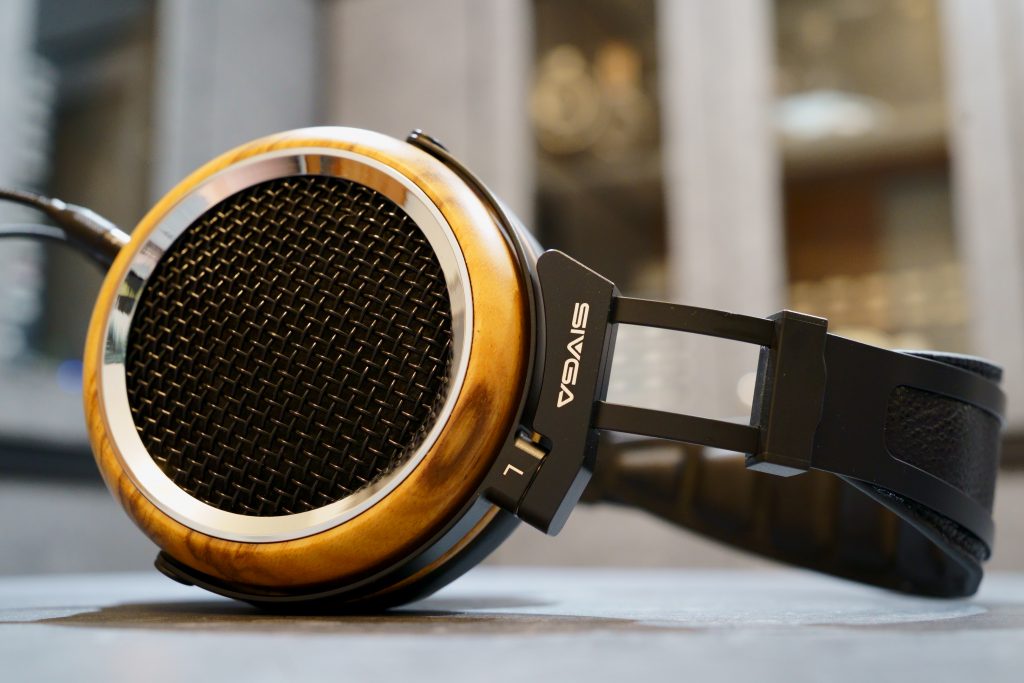
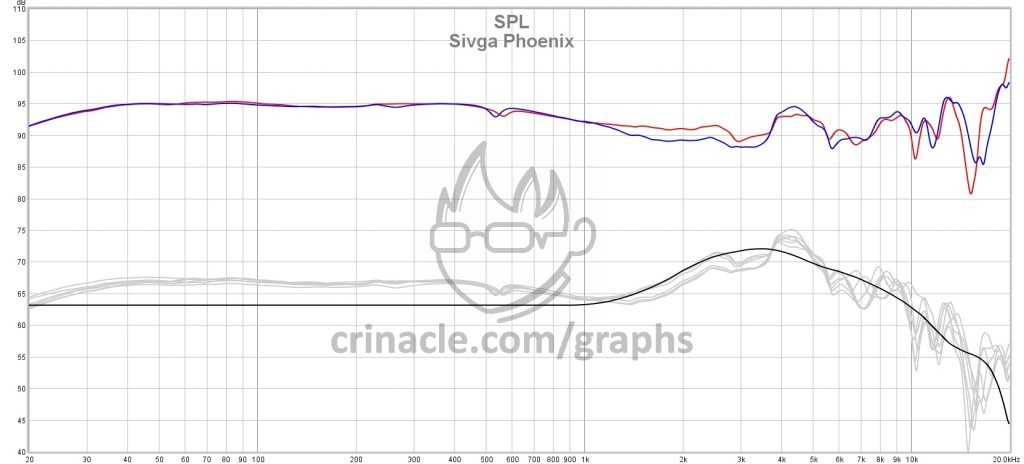




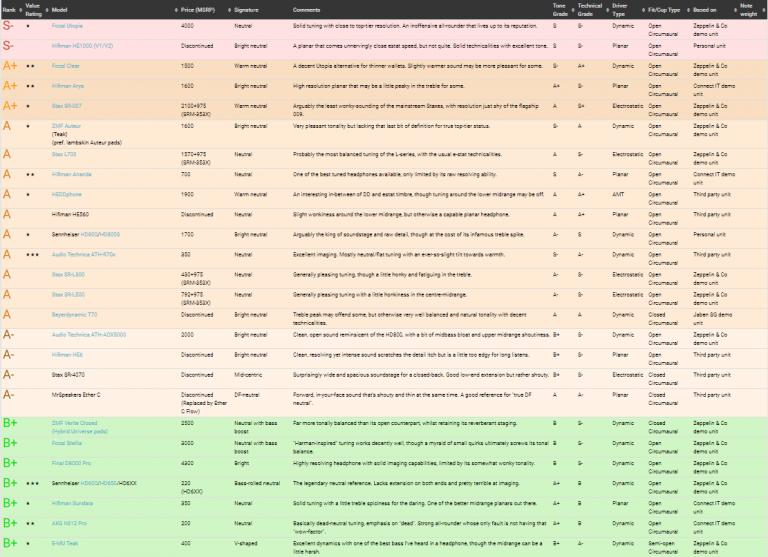
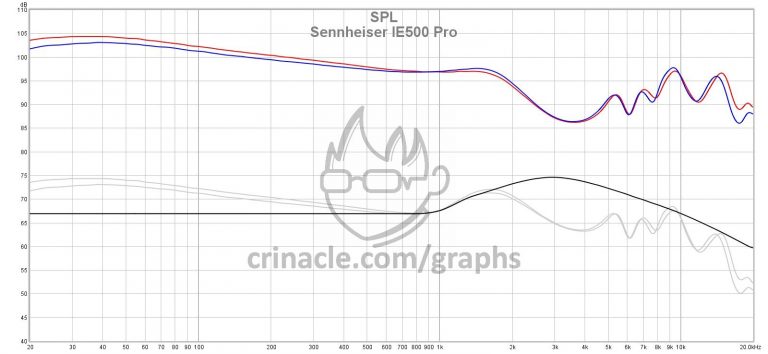

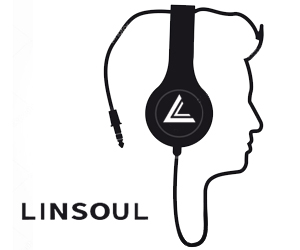

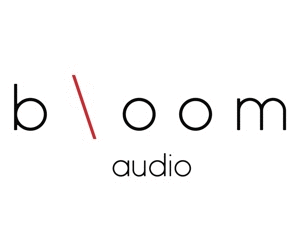
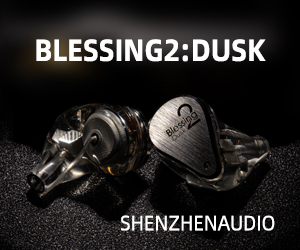
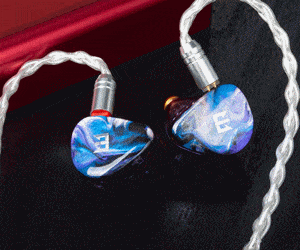

9 thoughts on “Sivga Phoenix Review: Adequacy”
I just want you to know that your reviews are utterly useless. Other than providing measurements, you seem to lack any ability, talent, or interest in actually describing sound or performance. Why you get so much support from the community is beyond me. One day, you will stop. That will be a good day.
I just want you to know that you’ve just added one more year to my reviewing career. Thanks for the motivation.
Noice 1 Crinacle
🤣🤣🤣🤣🤣
i too hate crinacle but what kind of pissweak insult was that? LOL
Hard to digest that new chifi player can beat the likes of zmf atticus for a fraction of the price
Gastrointestinally distressing that the KSC75 are better than the HD820 for a fraction of a fraction of a fraction of the price.
Thanks for the review! I own these and your review feels spot on. If I’m being honest, the main reason I bought these over the tried and true classics or other mainstays in the 200-250 range is the looks. I like pretty things on my desk and the wood/black steel is really quite striking!
I know that’s not within scope of a tonal review, but just thought I’d leave my two cents. Thanks again!
i hate these
Hi crinacle,
This paragraph from your review pretty much hits the nail on the head:
“It’s not all bad though; the Phoenix comes off as more inoffensive than anything. Its treble isn’t dark nor is it overly-sparkly, the bass while a little too bloomy for my tastes has decent extension down low, and the midrange while coloured still retains the general timbre of instruments. I can definitely see why this is touted as a potential replacement to the legendary Sennheiser HD650… though in all honesty if you’ve already found the HD650 to be a little too warm or veiled, the Phoenix should not be on your watchlist.”
I agree with the above paragraph. Yet these headphones have turned out to be exactly what I was searching for use after a hard day’s work when my sole goal is to unwind and relax. I like a somewhat warmer sound when I am trying to relax. When I am trying to relax, I don’t want my headphones to have any unwanted sibilance or piercing harshness in the treble region. The Sivga Phoenix headphones totally deliver in terms of my desires.
You are correct that these Phoenix headphones are colored in the midrange. Looking at your frequency response graph and at the design, my conclusion is that the Phoenix headphones are too much open back, in particular since other reviews correctly point out that the bass rapidly becomes muddy when these headphones are driven really hard, as in listening levels above roughly 95 dB. This all makes sense when one considers that these headphones have a design requirement for having an impedance of only 32 Ohms. In other words, not enough voltage swing to adequately control the compliance of the mass of voice coil and diaphragm at very high listening dB levels. Yet at loud and very pleasant volume levels, these headphones sound just fine.
The earpads are not particularly comfortable for extended wearing since they pinch my upper earlobes. The headphones can get somewhat painful after wearing them after around two hours. I don’t have big ears, nor do I have a big head. I have some somewhat thicker Sivga replacement earpads on the way since they just came back into stock on Amazon. If those don’t work out, then everyone should note that the required earpad outer diameter is 95mm for the earpad frames. Yeah, you would have to remove the original earpads which were carefully glued onto the earpad frames, and then you would be able to install your choice of 95mm diameter earpads.
Best regards,
–GTP